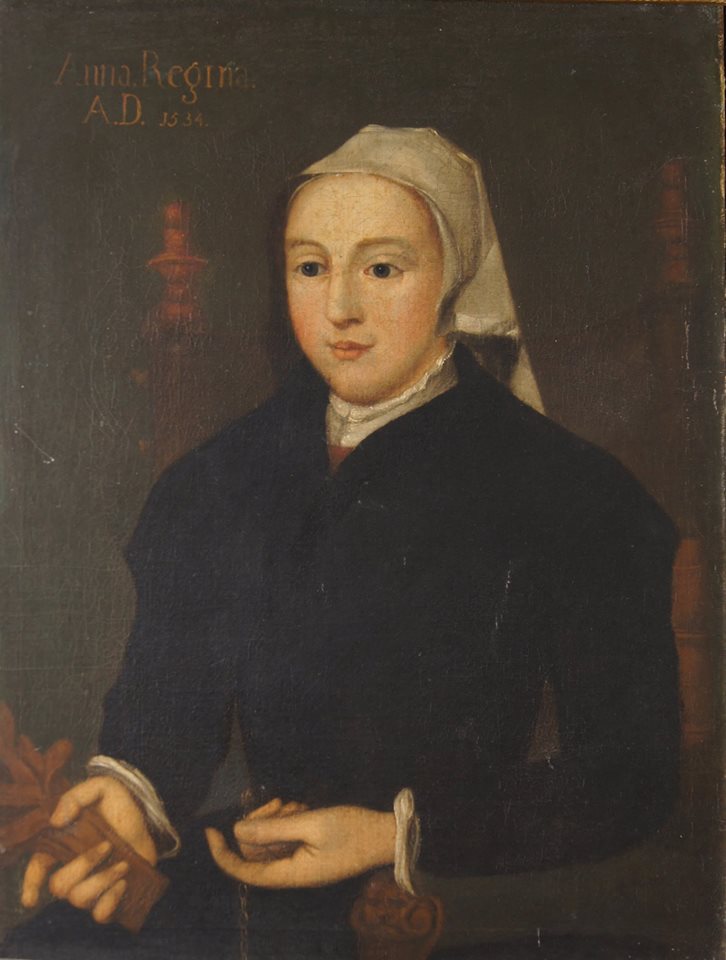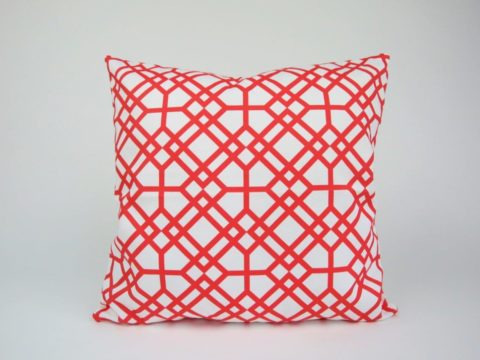Is this Anne of Cleves?
About the Author

Alison Weir is one of the best-selling historians in the United Kingdom. She has published twenty-one books and sold more than 2.7 million books worldwide. Alison has written extensively about the Tudor period, in highly respected and very popular non-fiction and fiction books.
Her non-fiction book, “The Six Wives of Henry VIII” was first published in 1991 and in 2015 returned to the New York Times bestseller list. Alison is currently writing a series of novels on the six wives of Henry VIII. The first one, on Katharine of Aragon, will be published in 2016.
One of the perennial questions we have is, “what did he or she look like?” For many Tudor and Stewart figures, we can never know the answer: few likenesses survive that can be said with cast-iron certainty to depict anyone, and even well-known figures can look quite different in portraits alleged to show them. That makes it all the more exciting when a new theory is put forward on a sitter’s identity.
Alison has recently shared her thoughts on the identity of a sitter in this hitherto-unknown portrait which once hung at Hever Castle. She has generously given permission for Tudor Times to publish her article here.
I promised more information on a possible portrait of Anne of Cleves. Here it is, inscribed ‘Anna Regina, 1534’.

I've been discussing it with an art expert, Linda Collins. We both think that the face and hands - the Wertinger portrait of Anne of Cleves sold in 1926 shows her with large mannered hands - were painted by different artists, and that possibly the face was over-painted at some date.
It's remarkably like the face of the sitter in the Hever 'Mary Boleyn' portrait - which leads me to wonder if an earlier portrait was altered to look like a companion one of Anne Boleyn. The 'Anne Boleyn' now paired with the 'Mary Boleyn' at Hever may not have been by the same artist, and is based on a Holbein drawing of an unknown woman, which wasn't called Anne Boleyn until at least 1650. All copies of it date to after 1650.
Regarding the costume of the sitter, it puzzled me to see a Netherlandish/Flemish beguin headdress on a portrait that looked as if it dated from the 1550s, so I looked again at the costume, zooming in to get as clear a view of the black gown as possible, and realised that what I thought were sleeves puffed at the top is actually a wide partlet, which dates the costume earlier - as early as the 1530s.
Anne of Cleves wears wide partlets in the German style in a portrait at Trinity College, Cambridge. She also wears a girdle and pomander chain of gold links, as in this portrait.
The date 1534 could be correct on the evidence of costume - but it is highly unlikely that Anne Boleyn would have worn a beguin headdress. I have never come across a portrait of an English sitter wearing one.
What suggests very high status is the chair. Only those of high rank sat on chairs - lesser people sat on stools or stood. I can't identify the chair with any that are at Hever now, or from old photos of Hever as it was when the Meade-Waldos owned it. A chair upholstered in velvet - another mark of status - is unlikely to have survived.
What is striking is the plainness of the sitter's attire, but the black gown and the gloves are signs of status and wealth too. The lack of jewellery may not be significant - or, given the black gown, it may indicate mourning - perhaps for Henry VIII?
The inscription could date to any time between the 1530s to later in the 16th century or even the 17th, so could have been painted on later. Without forensic analysis of the portrait, it's hard to say. It's possible that we have a later copy of an earlier portrait.
I think that this may be Anne of Cleves, for the following reasons:
1. Its provenance at Hever – the Meade-Waldos inherited Hever from the Waldegraves, who bought Hever - and possibly its contents - immediately after Anne of Cleves died.
2. The fact that the sitter is seated in a high-status chair and wears high-status clothing.
3. The dating of the costume and the northern-European beguin hood, which surely precludes it being Anne Boleyn.
I think the face was over-painted later to make this look like Anne Boleyn, possibly by the artist who painted the 'Mary Boleyn' portrait. This may have been done in Elizabeth's reign, but I think it was probably in the 17th century. Maybe in overpainting he didn't deviate too far from the features, which is why you can see some similarities.
It's the headdress and the chair - more than anything else - that make me think this is Anne of Cleves.
This is as far as I can go without a proper study of the portrait, dating of the panel and the inscription, and paint analysis.
This article was first published on Alison Weir's Facebook page on 16 May 2015.
It can also be found on Alison Weir’s website www.alisonweir.org.uk
